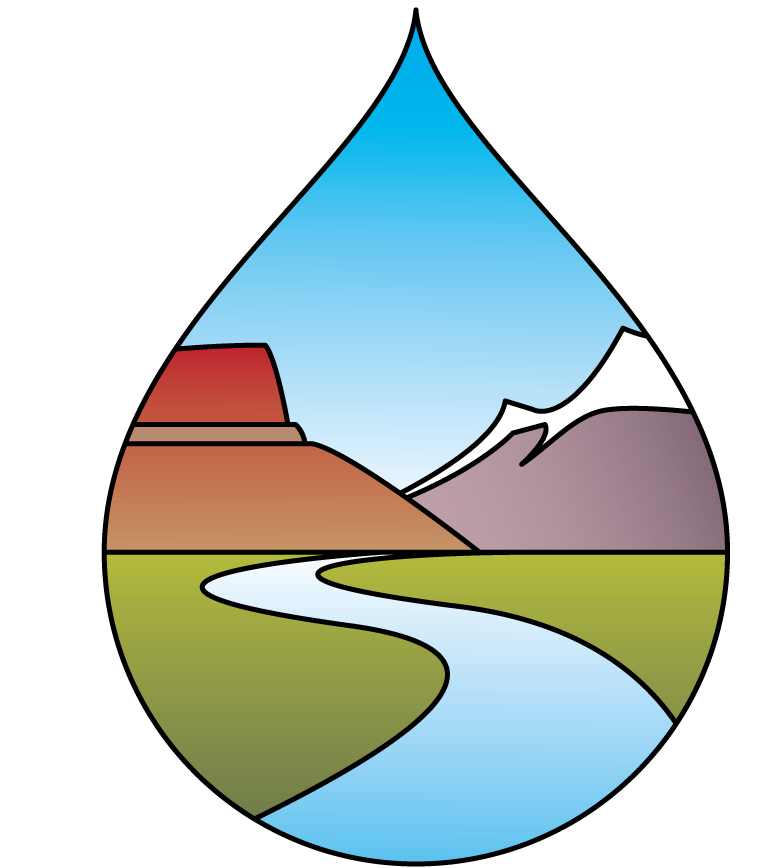On April 1, the U.S. Geological Survey (USGS) announced an update to its National Water Quality Program (NWQP) with the completion of four new surveys of principle aquifers across the nation. About 140 million people, half the nation’s population, rely on groundwater for their drinking water. The USGS has sampled almost 1,100 deep public-supply wells to characterize the quality of the groundwater prior to treatment, analyzing the samples for regulated and unregulated constituents, and comparing the results to human-health benchmarks for drinking water. The USGS is collecting information about 20 of the nation’s 68 principle aquifers. “These 20 aquifers supply most of the groundwater used in the United States – they account for more than three-quarters of the groundwater pumped for domestic supply.” The study now includes fifteen of the most heavily used aquifers. Western aquifers include: the Columbia Plateau basaltic-rock aquifers, the Basin and Range basin-fill aquifers, the Rio Grande aquifer system, the High Plains aquifer, the Glacial aquifer system, the Mississippi embayment-Texas coastal uplands aquifer system, and the Coastal Lowlands aquifer system. Surveys of three additional aquifers are slated for publication in 2021. See https://www.usgs.gov/news/quality-nation-s-groundwater-progress-a-national-survey.
Western States Water Newsletter
Addressing Water Needs and Strategies for a Sustainable Future
